Guide your students to use rounding and compatible numbers when estimating quotients with this 24-card sorting activity.
Teach Estimating Quotients With a Sorting Activity
If your students have mastered the art of rounding and division, you may be wondering, ‘What’s next?’ An important maths skill that students will learn is how to estimate quotients. This can be helpful in real-life situations, such as financial calculations that need to be done mentally. Let’s take a look at a way to explain this skill to students.
When teaching this concept to your students, consider explaining that estimating the quotient means making an educated guess or approximating the result when dividing two numbers. Instead of finding the exact quotient, which might involve lengthy calculations, estimation allows us to quickly determine an approximate answer that is close enough for practical purposes.
How to Estimate Quotients – Tips for Teachers
There are several methods to estimate the quotient, but two common methods are:
Compatible Numbers – This method involves choosing numbers that are easy to work with and are close to the original numbers. For example, if you are dividing 86 by 7, you might round both numbers to 90 and 7, respectively. The estimated quotient would be approximately 90 / 7 = 12. This is a reasonable approximation of the actual quotient.
Rounding – Rounding involves simplifying the numbers by dropping one or more of the less significant digits. For example, if you are dividing 247 by 8, you might round 247 to 250 and 8 to 10. The estimated quotient would be approximately 250 / 10 = 25.
Included Components and Classroom Use
This download includes a recording sheet, which allows students to document their estimated quotients for each problem, 24 sorting cards, 6 heading cards and an answer key. The included equations use decimal division problems through the hundredths place. This low-prep activity can be ready in no time and help your students sharpen their understanding of rounding and how to use compatible numbers to estimate the quotient.
To prepare this resource, simply cut apart the 6 heading cards and 24 division cards. Guide students to sort the cards by determining an estimate for each quotient. Students must then record the letter on each card in the correct column of the recording sheet. If desired, have students check their work using the answer key.
Differentiation Methods
At Teach Starter, we know you’re always looking for ways to adapt tasks to cater to the individual learning needs of students. Here are some ways you might extend this activity for your more-confident learners, as well as how to support those students who need a little extra help to stay on track.
? Support Struggling Students
Provide support by demonstrating estimation strategies and using a think-aloud strategy to model the steps used. Allow students to work in small collaborative groups and check their work with a calculator.
+ Challenge Fast Finishers
As an extension, ask students to create one more equation that would go in each category.
Easily Prepare This Estimating Quotients Activity for Your Students
Use the dropdown icon on the Download button to choose between the PDF or Google Slides version of this resource. A recording sheet and answer key are also included with this download.
Print on thick card for added durability and longevity. Place all pieces in a folder or large envelope for easy access.
This resource was created by Lorin Davies, a Teach Starter Collaborator.
Are you looking for other maths activities? Check out some of these resources to cut down on your lesson planning time:
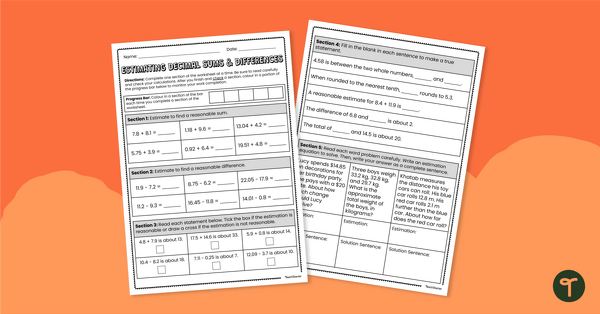
teaching resource
Estimating Decimal Sums and Differences — Year 6 Worksheet
Refine year 6 students' rounding skills with an estimating decimal sums and differences worksheet.

teaching resource
Estimating Decimal Sum and Differences — Year 6 Maths Mazes
Year 6 students can practise estimating solutions to decimal addition and subtraction equations with this set of maths mazes.



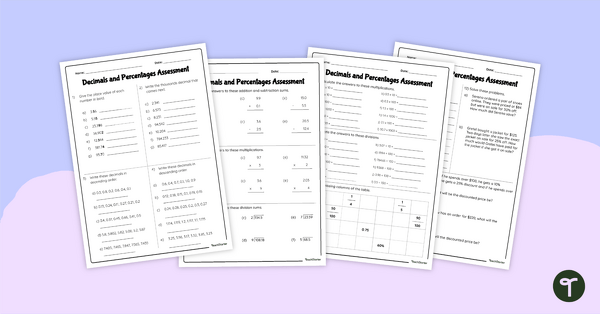

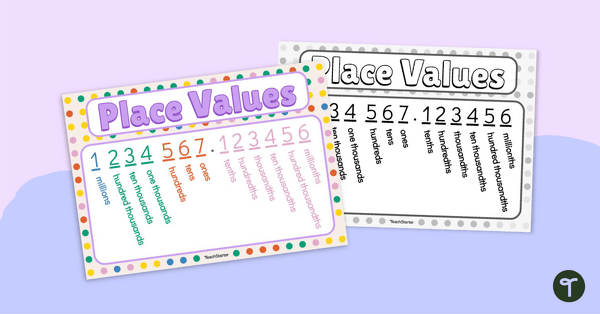
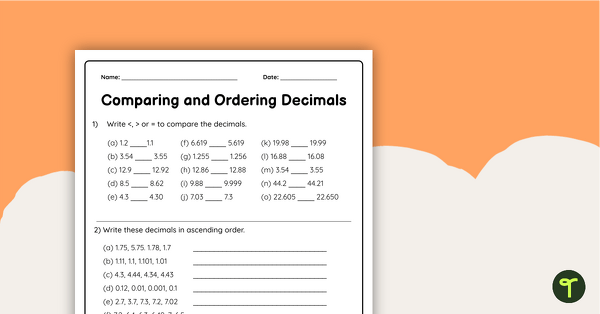
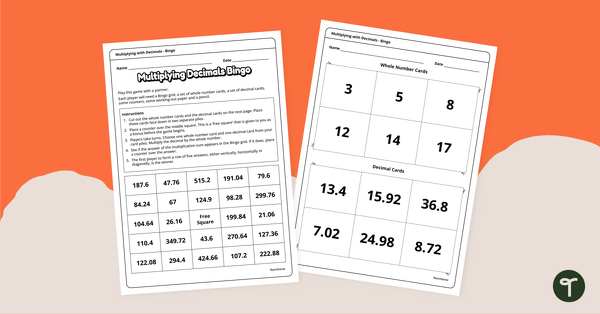
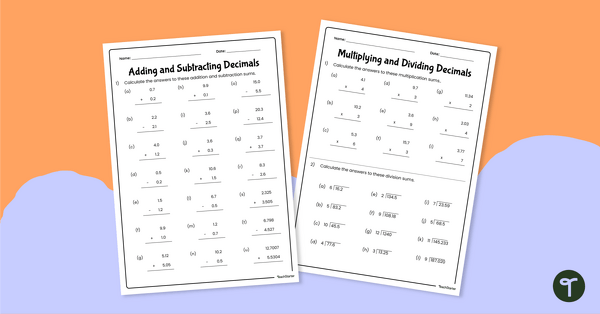
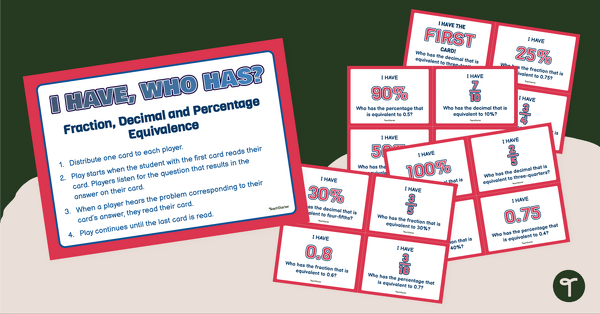
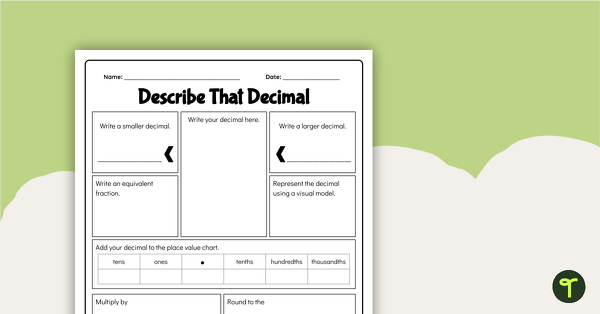
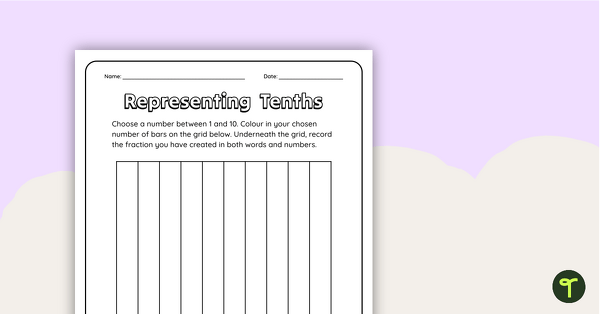
0 Comments
Write a review to help other teachers and parents like yourself. If you'd like to request a change to this resource, or report an error, select the corresponding tab above.